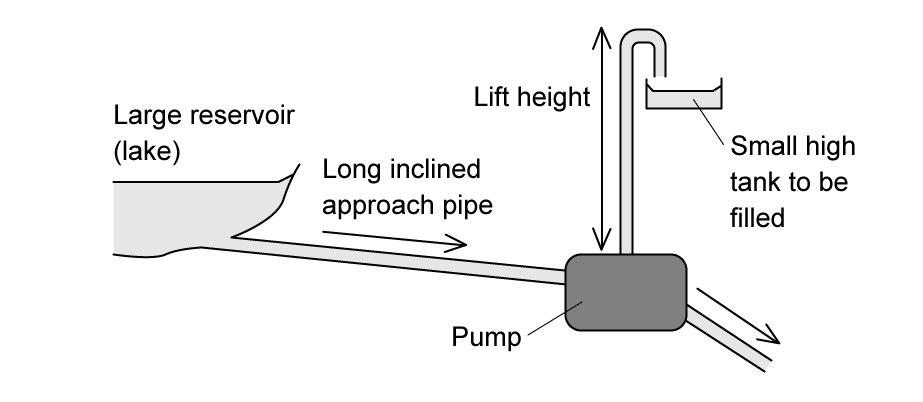Efficiency Formula (DP IB Physics) : Revision Note
Efficiency Formula
The efficiency of a system is a measure of how successfully energy is transferred in a system
Efficiency is defined as:
The ratio of the useful power or energy transfer output from a system to its total power or energy transfer input
If a system has high efficiency, this means most of the energy transferred is useful
If a system has low efficiency, this means most of the energy transferred is wasted
Determining which type of energy is useful or wasted depends on the system
When energy is transferred from the thermal store of a kettle's heating element to the thermal store of the water, this is useful energy
When energy is transferred to the plastic or metal casing of the kettle and to the surrounding air, this energy is wasted
Efficiency is represented as a fraction, and can be calculated using the equation:
Where:
η = efficiency (the greek letter "eta")
E = energy (J)
P = power (W)
To turn this equation into a percentage, just × 100 %
It can also be written in words as:
Worked Example
An electric motor has an efficiency of 35 %. It lifts a 7.2 kg load through a height of 5 m in 3 s.
Calculate the power of the motor.
Answer:
Step 1: Write down the efficiency equation (as a percentage)
Step 2: Rearrange equation for the useful power in
Step 3: Calculate the power output
The power output is equal to energy ÷ time
The electric motor transferred electric energy into gravitational potential energy to lift the load
Gravitational potential energy = mgh = 7.2 × 9.81 × 5 = 353.16 J
Power = = 117.72 W
Step 4: Substitute values into power input equation
Worked Example
The diagram shows a pump called a hydraulic ram.

In one such pump, the long approach pipe holds 700 kg of water. A valve shuts when the speed of this water reaches 3.5 m s-1 and the kinetic energy of this water is used to lift a small quantity of water by height of 12m.
The efficiency of the pump is 20%.
Which mass of water could be lifted 12 m?
A. 6.2 kg
B. 4.6 kg
C. 7.3 kg
D. 0.24 kg

The pump transfers energy from the kinetic store to the gravitational potential store of the water
Since its efficiency is 20%, the kinetic energy can be multiplied by 0.2 since only 20% of the kinetic energy will be transferred (not 20% of the gravitational potential energy)
Examiner Tips and Tricks
Efficiency can be in a ratio (between 0 and 1) or percentage format (between 0% and 100%).
If the question asks for efficiency as a ratio, give your answer as a fraction or decimal. If the answer is required as a percentage, remember to multiply the ratio by 100 to convert it: if the ratio = 0.25, percentage = 0.25 × 100 = 25 %.
Remember that efficiency has no units. It is a ratio with both the numerator and denominator with the same units.

You've read 0 of your 5 free revision notes this week
Sign up now. It’s free!
Did this page help you?
